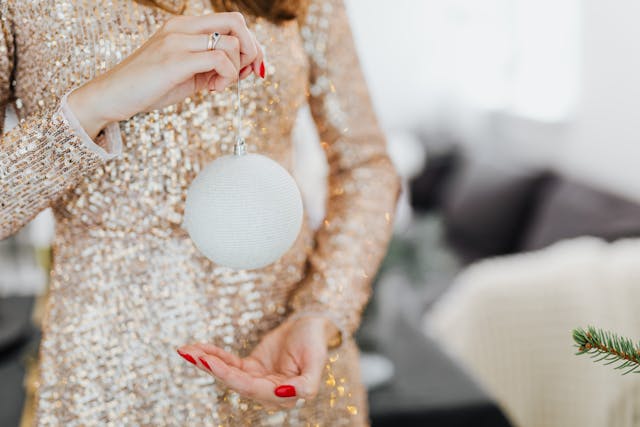


Shared living is great, but securing valuables can be tricky. Discover Aussie-friendly solutions for safely storing belongings.
If you’re living in a shared space—be that a lively flat with mates, a lively co-living setup, even a short-term rental in one of Australia’s cosmopolitan cities like Sydney or Melbourne—chances are, you’ve pondered how to keep your valued belongings secure. While shared living is wonderful for making connections, splitting bills, and living that communal dream, at times, it can leave you stumped about how to keep your prized belongings secure. From treasured family heirlooms to essential documents, being able to keep your valuables in safekeeping is paramount. Today, in this blog piece, we’re taking a look at practical, Aussie-friendly solutions that will keep your belongings in the clear even as you enjoy the benefits of shared living.
Living in a shared space, such as co-living properties, has lots of perks—think cheaper rent, pre-formed social groups, and usually an all-around steal at the hub of the action in the city. Whether your base camp is in a hip Brisbane ‘hood or a chic co-living flat in Perth, the arrangements are all about group living and liberty.
The catch, though, tends to be that communal spaces mean limited private storage space and non-stop roomie changeover or short-term rooms. It may not always be clear what kind of person will be walking through the door, and that can make you a bit anxious about leaving your stuff strewn about. Insufficiency of private, secure spaces for the keeping of belongings in communal accommodations may be one area of concern.
Before we get down to how to store, take a moment to consider what needs to be stored. It all doesn’t require Fort Knox security, yet none of it requires being left loose either.
Having established what of the greatest value, work through how often annually that you need access to them. For items that are not often accessed, like legal documents or heirlooms, an off-site solution will be the answer.
One of the most dependable methods of insuring your items is by purchasing a bank safety deposit box. Banks around Australia, from the Commonwealth all the way down to the Westpac, stock safety deposit boxes in varied sizes at their stores, all of them typically in special vaults.
You can pack your important documents, your jewelry, or even tiny family heirlooms into one, knowing they’re safe by the high-end security of the banks—alarms, cameras, and limited access. It’s ideal for the likes of us in apartments where you can’t be bothered leaving your items at home.
To access the safety deposit box, you’ll normally need to walk down the road to your home suburb branch, enroll, and fork out an annual membership fee—around $50-$150, depending on the size of the box. It’s a fairly minor expense to have that sense of security, though, if you’re living in the tight inner Melbourne ‘burbs shared house or the Bondi, Sydney, co-living arrangement.
While the safety deposit box at the bank might be a bit stodgy or require frequent access to your precious items, there are some wonderful in-home options.
You need not sacrifice the security of your possessions by living in a communal environment. With vault-like security of a safety deposit box, heavy-use in-house safe, or a combination of the two, the options are endless in the sense of being able to keep your valuables safe yet still be able to experience communal living.
